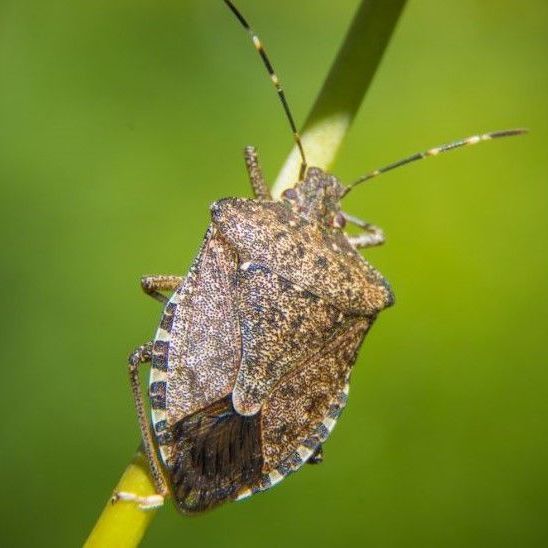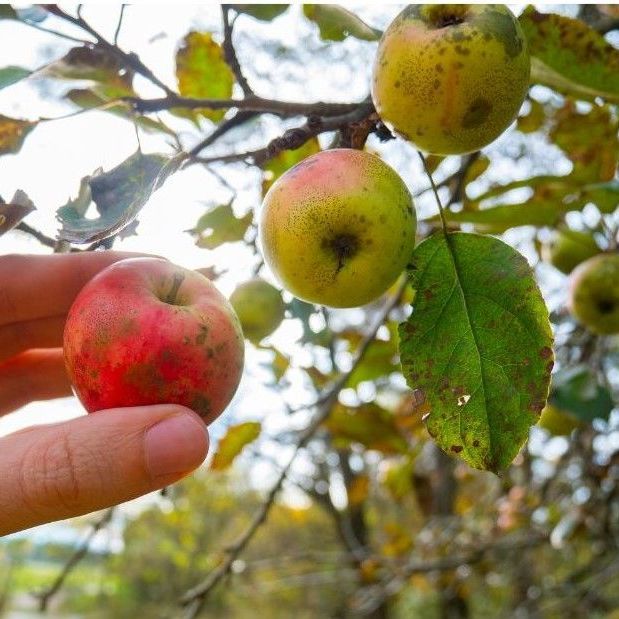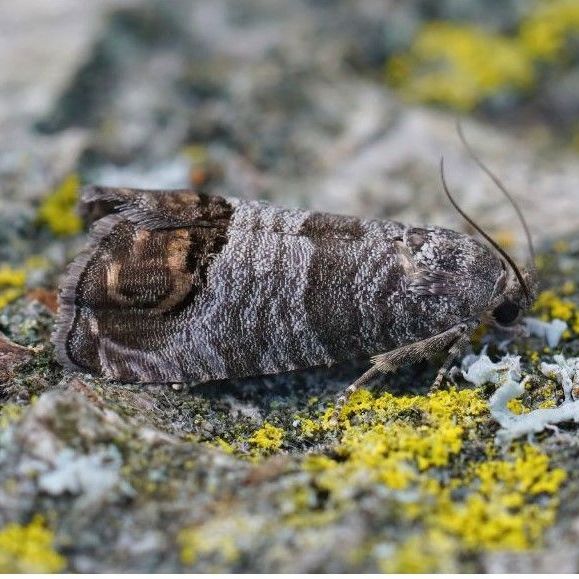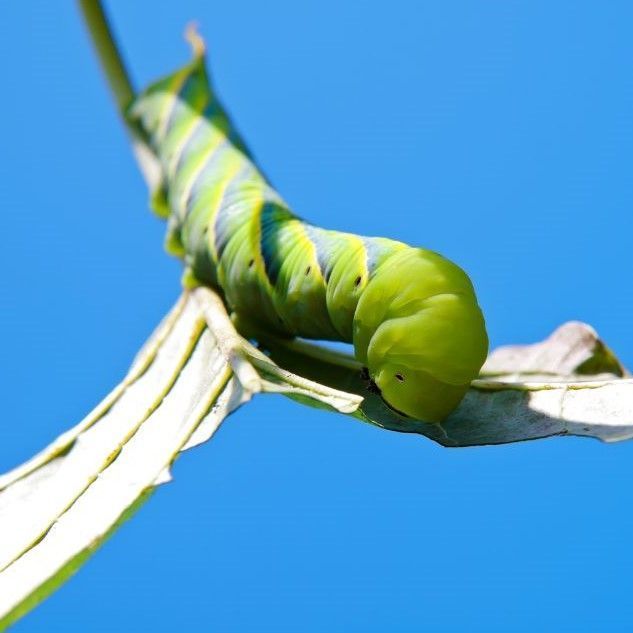Stink Bug – very common on apple tree. They will damage plants when they insert their beak-like mouthparts into the fruits, buds or blossoms and suck out the sap. If the stink bug feeds on the apples, the fruit might form sunken areas, scars, or pitting.
How to Grow Your Own Organic Apple Tree at Home
Did you know? Apples are part of the Dirty Dozen—a group of fruits and vegetables that are most likely to be contaminated with pesticides and harmful chemicals. Because of this, more people are choosing to grow their own organic produce at home. Growing your own apple tree allows you to enjoy fresh, pesticide-free fruit right from your backyard. In this article, we’ll cover everything you need to know about how to grow an apple tree—from basic facts and planting tips to harvesting and fun trivia.
All About Apple Trees
The apple tree (Malus domestica) is a deciduous tree, meaning it drops its leaves in the fall. There are more than 7,500 varieties of apples grown worldwide, and about 2,500 of those are cultivated in the United States. However, only around 100 varieties are sold commercially. Despite that, apples are one of the most popular fruits in the U.S., and they are grown in all 50 states. The leading apple-producing states include Washington, New York, Michigan, Pennsylvania, California, and Virginia.
Apple trees are cold-hardy and adaptable, making them a great choice for beginner gardeners. They can survive extreme cold and windy conditions, but they do require a certain number of chill hours—a period of cold temperatures during winter that helps reset the tree's biological clock and encourages blooming and fruiting in the spring. Think of it like the tree’s version of a good night’s sleep—it needs rest to be productive.
Interestingly, apple trees can live to be about 100 years old when cared for properly. Apples also belong to the rose family of plants, which includes pears, peaches, cherries, and plums.
Starting an Apple Tree
Seeds vs. Grafting
Apple trees can be started from seed or grown via grafting. While growing from seed sounds simple, it’s usually not the best method. Apple trees don’t grow true to seed, meaning the fruit produced by a seed-grown tree will likely be different from its parent—sometimes inferior in taste or size. For example, planting a seed from a Red Delicious apple will not result in another Red Delicious tree.
Because of this, most growers use grafting, a method that involves joining a branch (scion) from a desired apple variety onto a hardy rootstock. Grafted trees:
- Are genetically identical to the parent tree
- Produce consistent and reliable fruit
- Typically begin fruiting much sooner than seed-grown trees
Choosing the Right Size Tree
When planning your apple tree planting, size matters—especially if you have limited space. Apple trees come in several size categories, each with different space requirements:
- Standard apple trees: Grow 20 to 30 feet tall and wide; best for large yards
- Semi-dwarf trees: Reach about 12 to 15 feet tall; suitable for medium-sized gardens
- Dwarf trees: Grow only 6 to 10 feet tall; ideal for small spaces, patios, or containers
Knowing the mature height and crown width of your tree helps you plan for spacing between trees, structures, and overhead features like utility lines.
Spur-Bearing vs. Tip-Bearing Apple Trees
Apple trees are further categorized into spur-bearing and tip-bearing types, based on where the fruit grows on the tree.
Spur-bearing trees produce fruit on short, thorn-like shoots called spurs, which grow along the main branches. These trees tend to be more compact, with shorter branches and slower growth rates. They also develop more fruit buds per branch, which often leads to a heavier yield. Most spur-bearing apple trees begin producing fruit in their second or third year. Buds develop in mid-summer to late fall, and flower and bear fruit the following spring. Common spur-bearing varieties include:
- Red Delicious
- Golden Delicious
- Winesap
- McIntosh
- Fuji
Tip-bearing apple trees (also called non-spur or terminal bearers), by contrast, produce fruit at the tips of long shoots. These trees usually require more pruning and can be trickier to manage in small spaces. The tree itself has a vaguely weeping shape to it with the branches tending to grow downward. Examples are:
- Granny Smith
- Rome Beauty
- Cortland
- Many older and heirloom varieties
If you’re a backyard grower looking for a high-yield, compact apple tree, spur-bearing varieties are often the best choice.
Flowering and Harvest Season
Apple trees begin producing blossoms in the spring, which eventually develop into apples. Depending on the variety, apples may be ready for harvest as early as July or as late as October or November. The peak time for most home-grown apples falls between August and September, with summer varieties ripening earlier and fall varieties ripening later in the season.
The flavor and sweetness of apples are strongly influenced by weather conditions throughout the growing season, especially the amount of sun they receive. Sunny days increase sugar levels in the fruit, leading to sweeter, more flavorful apples. Most apples are still harvested by hand, even in commercial orchards.
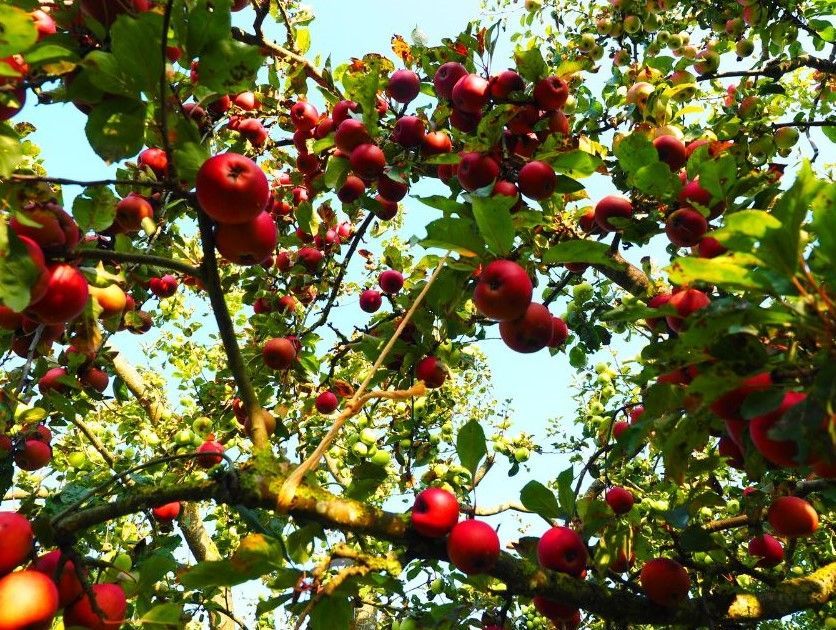
Choose the Right Apple Variety for Your Climate
Start by identifying your USDA plant hardiness zone. Different apple varieties ripen at different times, so selecting one that matches your local climate and growing season is crucial. For colder climates, choose cold-hardy varieties; for warmer regions, look for heat-tolerant apples that don’t require long chill hours.
Planting for Cross-Pollination
Apple trees are not typically self-pollinating. For the best fruit production, plant at least two apple trees within 40 to 50 feet of each other that bloom around the same time. This encourages cross-pollination, which significantly boosts both yield and quality.
Site Selection and Soil Preparation
Apples thrive in full sun, needing 6–8 hours of direct sunlight daily. Choose a location with:
- Good air circulation
- Well-draining soil rich in organic matter
- Room for root and crown expansion based on the tree’s mature size (standard, semi-dwarf, or dwarf)
For optimal soil fertility, consider mixing in:
- Compost
- Aged manure
- Worm castings
Avoid planting in low areas prone to frost or water accumulation.
Planting Tips for Healthy Trees
To successfully grow your own apple tree, choose a location with full sunlight—ideally, at least 6 to 8 hours a day. Apple trees prefer well-drained, loamy soil, though they can tolerate a variety of soil types with good drainage.
Basic planting steps:
- Dig a hole twice as wide as the root ball and just as deep.
- Place the tree so that the graft union (the swollen area above the roots) sits just above the soil line.
- Backfill with soil, water thoroughly, and mulch around the base to retain moisture and reduce weeds.
- Water regularly, especially in the first few years while the tree is establishing.
Decide on Your Purpose for Growing Apples
Before purchasing a tree, consider how you’ll use your apples. Some varieties are better suited for certain purposes than others. For example, Granny Smith is great for baking, while Honeycrisp is perfect for snacking.
Here are popular reasons why home growers plant apple trees:
- Eating fresh
- Snacking
- Baking
- Pies
- Applesauce
- Salads
- Juice
- Freezing
- Hard or sweet cider
Knowing your purpose helps you pick a variety with the right texture, flavor, and storage qualities.
Some of the most popular varieties are:

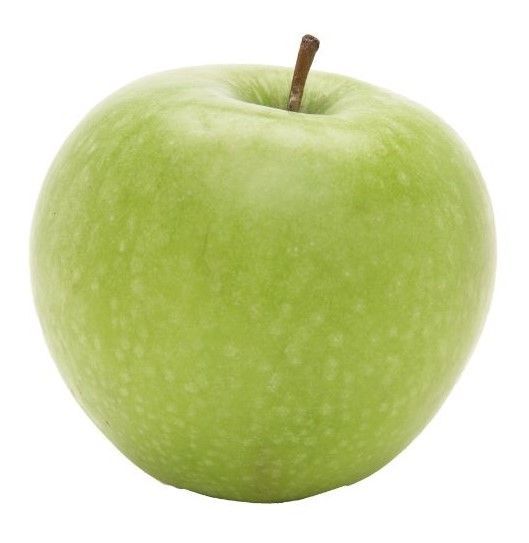

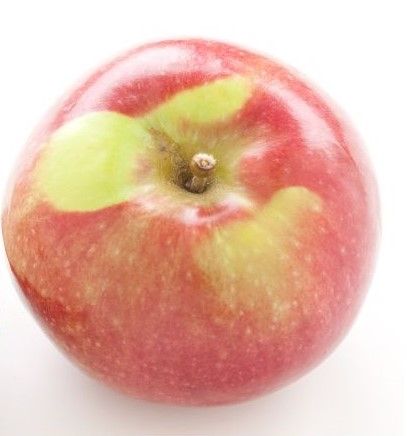
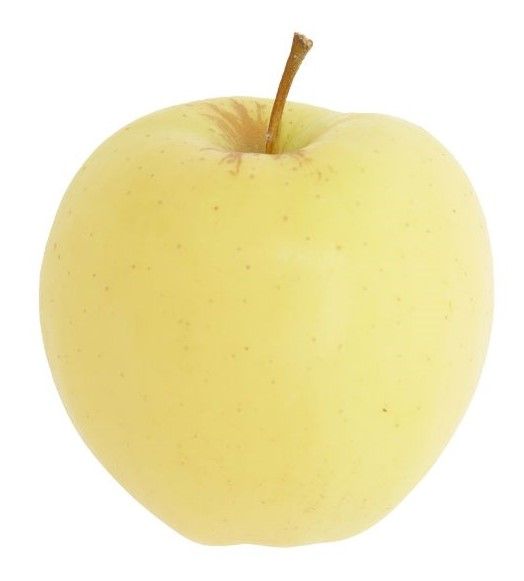

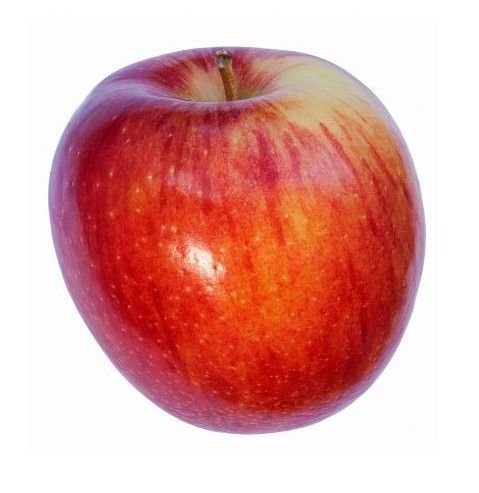
Choosing the Right Apple Variety for Your Needs
When selecting an apple tree to grow at home, it’s not just about what grows best in your climate—it’s also about what you plan to do with your apples. Flavor and texture vary widely between varieties, and some apples are better suited for fresh eating, while others excel in baking, sauces, or cider.
Sweet vs. Tart Apples
Here’s a guide to some of the most popular apple varieties for home growers, categorized by flavor and use:
- Braeburn – Sweet-tart flavor with a firm texture. Excellent for baking as it holds its shape well.
- Cortland – Juicy and slightly tart. Great for baking, fresh eating, salads, and pairing with cheese.
- Fuji – Firm, crisp, and juicy. Among the best for eating fresh and also good for baking.
- Gala – Crisp and sweet with a mild flavor. Ideal for applesauce, fresh eating, salads, and cider.
- Golden Delicious – Very sweet with a mellow flavor. A reliable all-purpose cooking apple that keeps its shape when baked.
- Granny Smith – Popular tart apple with a crisp, sour flavor. Great for all-purpose cooking and best when combined with sweeter apples in pies.
- Honeycrisp – Juicy and crisp with a sweet-tart balance. Excellent for fresh eating, baking, and applesauce.
- McIntosh – Juicy and crisp but tends to soften when cooked. Ideal for applesauce and fresh eating; often blended with firmer apples in pies.
Don’t Forget About Pollination
To get fruit from your apple tree, the flowers must be pollinated. While many apple varieties are self-pollinating, they often produce better yields when cross-pollinated with another variety that blooms at the same time. Some apples require a pollinator nearby to bear fruit at all.
Before choosing a tree, check whether it is:
- Self-pollinating, meaning it can produce fruit on its own.
- Partially self-fertile, meaning it will benefit from cross-pollination.
- In need of a pollinator, meaning you’ll need to plant at least one other compatible variety nearby.
Proper planning ensures that you get a healthy harvest year after year.
Common Pests and Diseases in Apple Trees
There are many pests and diseases that attack apples:
Organic Pest and Disease Control for Apple Trees
If you want to avoid ingesting harmful pesticide residues, organic pest and disease control is the best approach for managing issues on home-grown apple trees. Fortunately, with the development of disease-resistant cultivars and the availability of natural pest management tools—such as pheromone-baited insect traps—you have a variety of effective, eco-friendly options.
Here are some practical organic methods to consider:
- Remove webs immediately when spotted, especially those created by tent caterpillars or webworms, to prevent infestations from spreading.
- Apply dormant oil spray just before buds open in early spring. This natural pesticide suffocates overwintering insect eggs and is safe for use in organic gardens.
- Keep the area clean by disposing of pruned wood, fallen leaves, and any rotting fruit, all of which can harbor pests and diseases.
- Prune regularly during the dormant season and summer to improve air circulation within the tree. Good airflow helps reduce the risk of fungal diseases like apple scab and powdery mildew.
- Control fruitworms by gently shaking the branches to dislodge them or removing them by hand.
- Use organic insecticidal soap sprays to target soft-bodied insects such as aphids and mites without harming beneficial bugs.
- Encourage beneficial insects—like ladybugs—that feed on aphids and other pests. Introducing or attracting them to your garden provides a natural line of defense.
- Repel stink bugs by spraying essential oil mixtures (such as peppermint, lemongrass, or rosemary) on branches. These strong scents are unappealing to many insects.
- With a little effort and observation, these natural methods can keep your apple trees healthy and productive—without sacrificing your commitment to chemical-free growing.
Fun Facts About Apples
- Apples float in water because they are about 25% air, which is why bobbing for apples works!
- The average apple tree can yield 10 to 20 bushels of apples per year once mature.
- Apples are one of the few fruits grown in every U.S. state.
- The first American apple orchard was planted around 1625 by William Blackstone on Boston’s Beacon Hill.
- George Washington enjoyed pruning his own apple trees as a hobby.
- Johnny Appleseed (real name: John Chapman) famously planted apple trees across large parts of the early United States, particularly in Ohio, Indiana, and Illinois.
- Apple trees belong to the rose family, along with peaches, pears, cherries, and plums.
Start Growing Your Own Organic Apples
Growing your own apple tree is a rewarding way to enjoy fresh, organic fruit while reducing your exposure to harmful pesticides. With a little patience, the right variety, and proper care, you’ll be harvesting your own apples in just a few years. Whether you're planting a standard apple tree in your backyard or a dwarf apple tree on your patio, it's a fun and productive step toward a more sustainable lifestyle.
References:
25 fun facts you never knew about apples - EverybodyCraves (everybodyshops.com)
Fun Facts About Apples - Apple Orchard & Farm | Apple Holler
Growing Organic Apples – Mother Earth News
How to Plant, Grow, Prune, and Harvest Apples - Harvest to Table
Can I grow an apple tree from a seed? | Horticulture and Home Pest News (iastate.edu)
Your Guide to the Best Apples for Baking and Cooking (allrecipes.com)
Apple Diseases - Sooty Blotch and Flyspeck (psu.edu)
Treating Sooty Blotch Fungus - Learn About Sooty Blotch On Apples (gardeningknowhow.com)
Images - Canva
Check out the latest:




